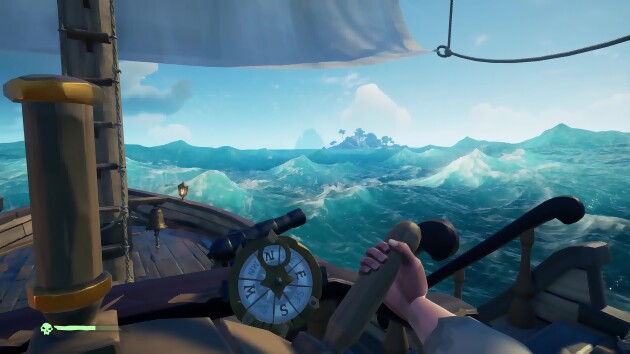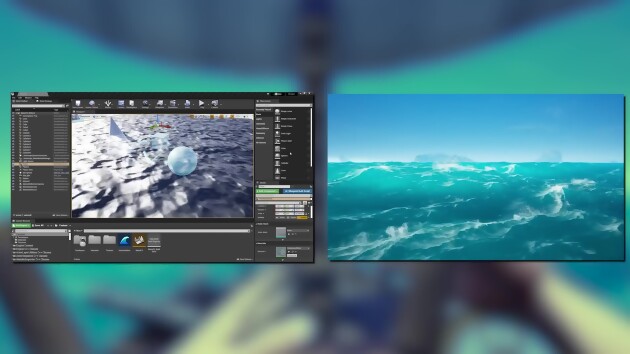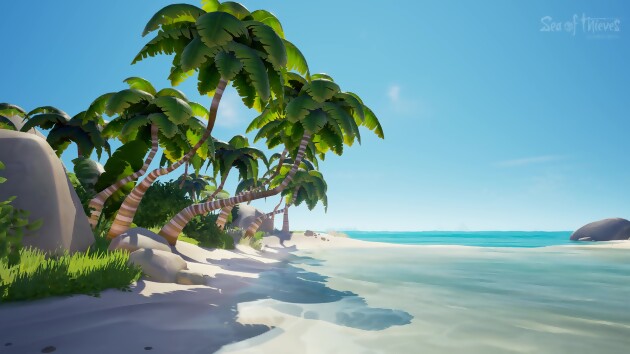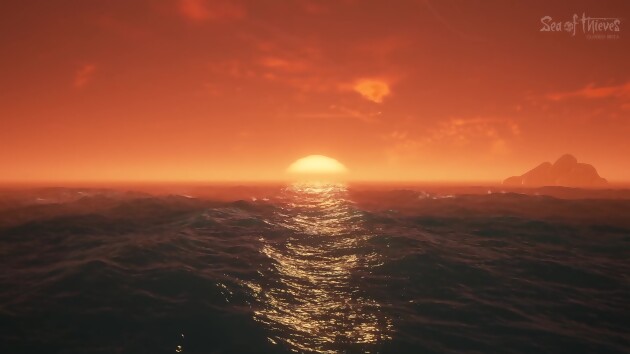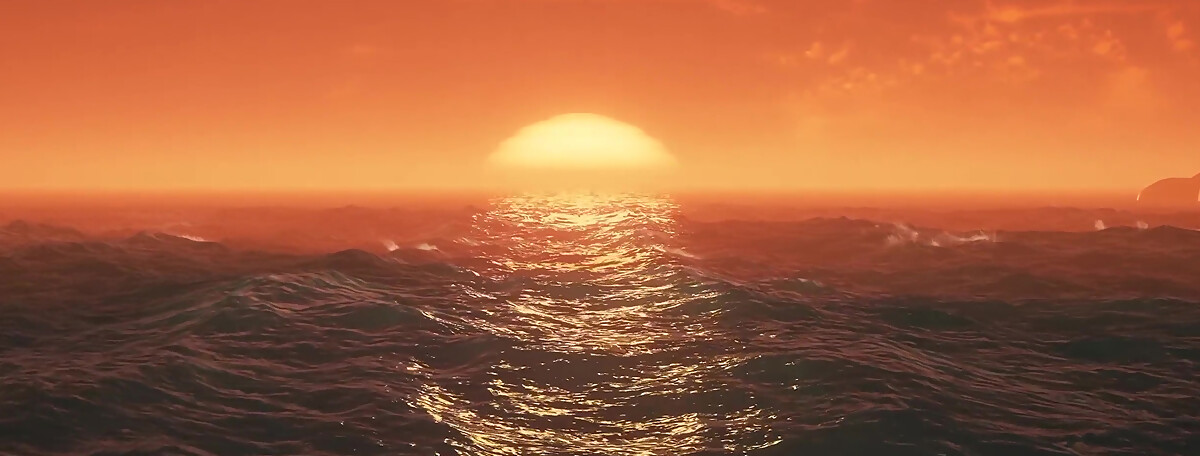
Since April 30, 2024, PS5 gamers have been granted access to Sea of Thieves, a title formerly exclusive to Xbox, which has been ardently nurtured by Microsoft over the recent years. Its thriving community of 40 million players, a dynamic presence, and stirring enough envy in Ubisoft to attempt a similar venture with Skull & Bones—a project that ultimately did not achieve the same acclaim—underscores Sea of Thieves’ monumental success. Initially met with skepticism by many players and industry insiders, Sea of Thieves marks a significant triumph for Rare, the studio behind the game. After its acquisition by Microsoft in 2002, Rare faced numerous challenges in maintaining its esteemed reputation garnered from a close partnership with Nintendo. However, in recent years, Rare has reclaimed its prestigious standing, boasting the title for the most advanced water physics and graphical rendering in a video game even in 2024. But how did the developers accomplish this feat? Let’s delve into that.
Originally launched in 2018 for Xbox One and PC, Sea of Thieves underwent a technical overhaul with the release of the Xbox Series in 2020, with the PS5 version mirroring this enhanced experience. At its core, the game is not celebrated for its graphical or technical prowess. Indeed, it diverges from the photorealistic AAA titles of our time, such as Hellblade 2 or Alan Wake 2. Rare decided on a boldly cartoonesque visual approach, reminiscent of games like Fortnite, aiming to attract a younger demographic and sidestep the technical hurdles associated with more photorealistic designs. The primary goal lies in delivering immediate and seamless fun, prioritizing gameplay fluidity above all.
EMBARK ON THE JOURNEY
Regardless, Sea of Thieves excels in an aspect where it sets an industry benchmark—the portrayal of the sea. Despite the game’s overall cubic graphical style, the water physics are remarkably realistic and meticulously simulated. True to the game’s artistic style, the water sports a cartoonesque appearance, yet its behavior and interaction are grounded in realism. From the onset of this article, as illustrated in the images, no other title has achieved such a sophisticated degree of realism in depicting the sea or any liquid element in a game. This achievement was among the challenges the team at Rare enthusiastically embraced during development. For a piracy-centric game where the entire gameplay is set at sea, achieving unparalleled sea dynamics was crucial for an immersive experience. Whether in calm waters, amidst waves, or during a storm, the mastery over marine ambiance is nothing short of astonishing. How, then, did Rare’s developers accomplish this, and what set them apart in understanding and executing such realistic water physics? Let’s explore.
One of the primary elements contributing to the realism of Sea of Thieves’ water is the comprehensive lighting management throughout the game. Given the game’s day/night and weather cycles, achieving believable water reflections was paramount. Observing the sun rise or set casts phenomenal effects on the water’s surface, drastically altering the atmosphere of any scene or moment. It’s so captivating that one could spend extensive periods just admiring the view. Rare’s dedication to creating such an exploratory and visually striking world is evident, as the gameplay itself encourages players to venture into the unknown, navigating through tumultuous waters to discover new islands and adventures.
BETTER THAN CINEMA
On a technical level, Rare’s approach draws inspiration from cinematic techniques employed by Hollywood studios, requiring tools for dynamic control over water. Unlike pre-rendered movie scenes, video games operate in real-time, making the dynamic and natural rendering of water essential, especially considering the sea’s dual role as both friend and foe in combat scenarios. The technique of Vertex Displacement was employed to animate water surfaces dynamically, a joint effort where the CPU calculates mesh vertexes while the GPU manipulates each vertex’s position to simulate wave motion. This collaboration results in a new, dynamic geometric form.
Enhancing this dynamic is the revolutionary Gerstner Waves technique, facilitating the simulation of oceanic movement through sinusoidal wave modeling. Despite its intricate nature, this method is integral in creating varied and convincing ocean surfaces with engines like Unreal Engine 5, allowing for modifications in wave intensity and direction to depict calm seas or raging storms accurately.
But the quest for the most natural water representation doesn’t stop there. Developers continually push technological boundaries, experimenting with shaders, meshing, and other technical equations to further refine water’s appearance—demonstrating the developers’ ingenuity. While games like Assassin’s Creed Black Flag and Batman Arkham have utilized the Gerstner Waves formula, rumors suggest GTA 6 might pioneer the next innovation in water physics with an advanced version of the RAGE engine, involving a dedicated team of 20 technical developers focusing solely on water dynamics. The anticipation for witnessing such advancements in 2025 is palpable, yet Sea of Thieves remains the undisputed leader in water simulation to this day.
